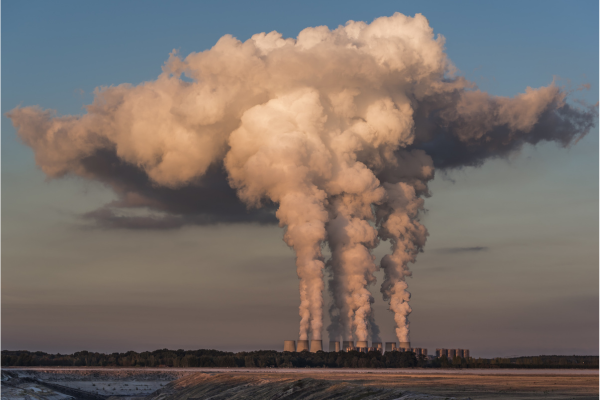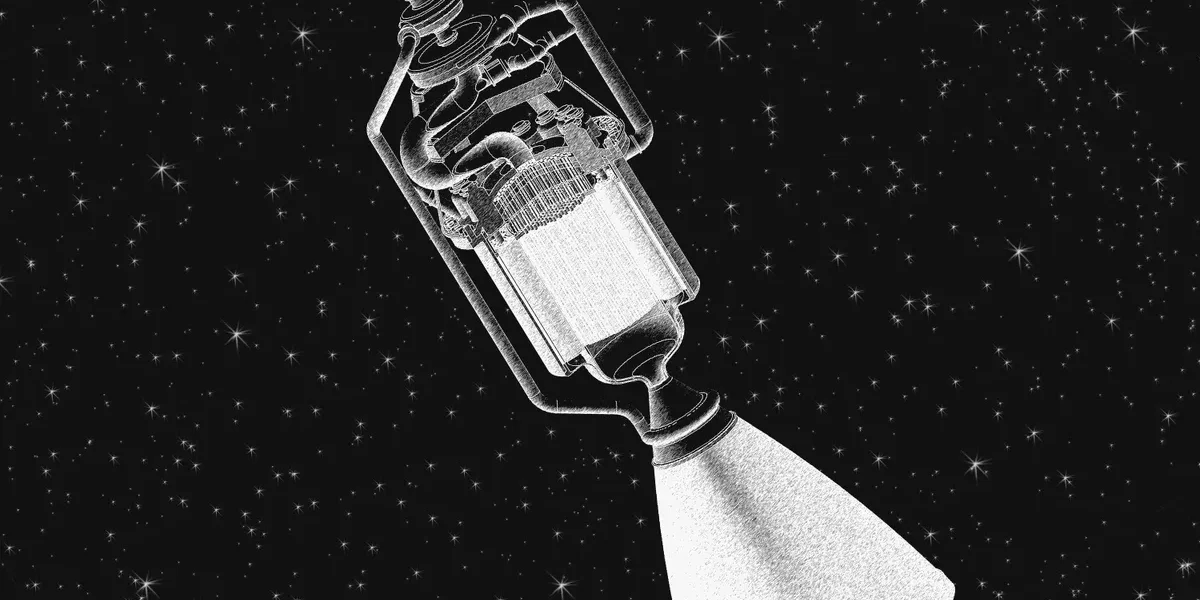Can nuclear rockets get us to Mars?
By Mark Thompson
Introduction
Going to Mars takes a great amount of time, about nine months using the current rocket technology. Because normal rocket engines burn fuel and oxygen together and are rather inefficient. The underlying problem is that the rocket must bring onboard both fuel and oxidizer as there is no air in space for combustion. This results in a downward spiral: The more fuel you bring to go faster, the heavier the rocket becomes, which in turn increases the amount of fuel required to gain speed for that additional weight. To speed up, you’d need huge amounts of fuel, causing the rockets to be excessively expensive and weighty. Today’s chemical propulsion systems have nearly reached their peak theoretical performance, leaving minimal potential for further efficiency gains.
While NASA’s budget under the Trump administration saw cuts that excluded funding for nuclear thermal or electric propulsion, scientists at the European Space Agency (ESA) have continued to explore nuclear-powered space travel. The concept is simple yet powerful: instead of using oxygen to burn fuel, a nuclear reactor heats a propellant—such as hydrogen—which then expands and is expelled through the rocket nozzle, generating thrust. This process is significantly more efficient than conventional chemical propulsion systems.

Revisiting Nuclear Rockets for Mars
Nuclear rockets present major advantages for space travel—most notably, slashing the time it takes to reach Mars from nine months to just four or five. Their power lies in nuclear reactors producing far more energy per unit of fuel than traditional chemical engines. Shorter trips also mean less cosmic radiation exposure for astronauts, despite the engine’s own radiation output. These systems are ideal for large spacecraft that require rapid acceleration and deceleration, making them perfect for moon and Mars missions where speeds exceed 25,000 km/h.
The project, called “Alumni,” places safety at its core. The nuclear reactor remains off until the spacecraft reaches a safe orbit, with the low-radioactivity fuel posing minimal risk before activation. The design includes multiple radiation shields, with engine burns lasting under two hours. The reactor is never meant to re-enter Earth’s atmosphere. After more than a year of research, the team found the concept viable—but moving forward requires further lab tests on the ceramic-metal reactor design, safe test site construction, and resolving key technical hurdles like fuel supply and reactor restart systems.

Nuclear thermal propulsion has the potential to transform space exploration by enabling faster and more efficient missions to the Moon and Mars. Although still in the early stages, the technology shows strong promise for safe and practical use. Europe’s recent progress highlights its growing capabilities in this field—marking an exciting step toward a future where deep space travel becomes a tangible reality.


